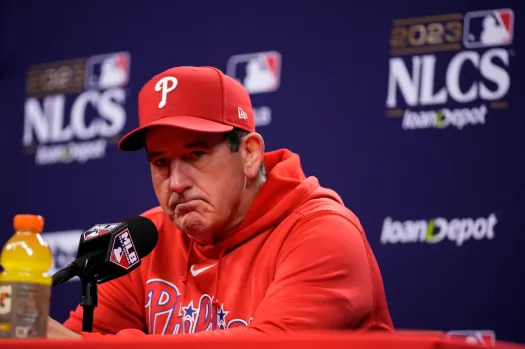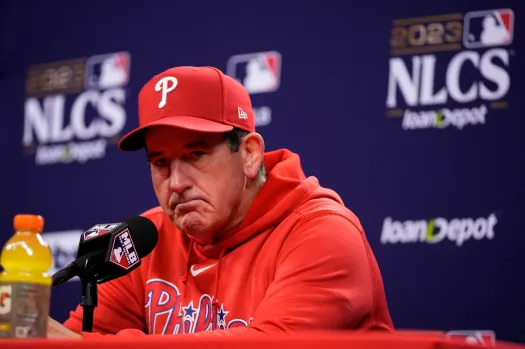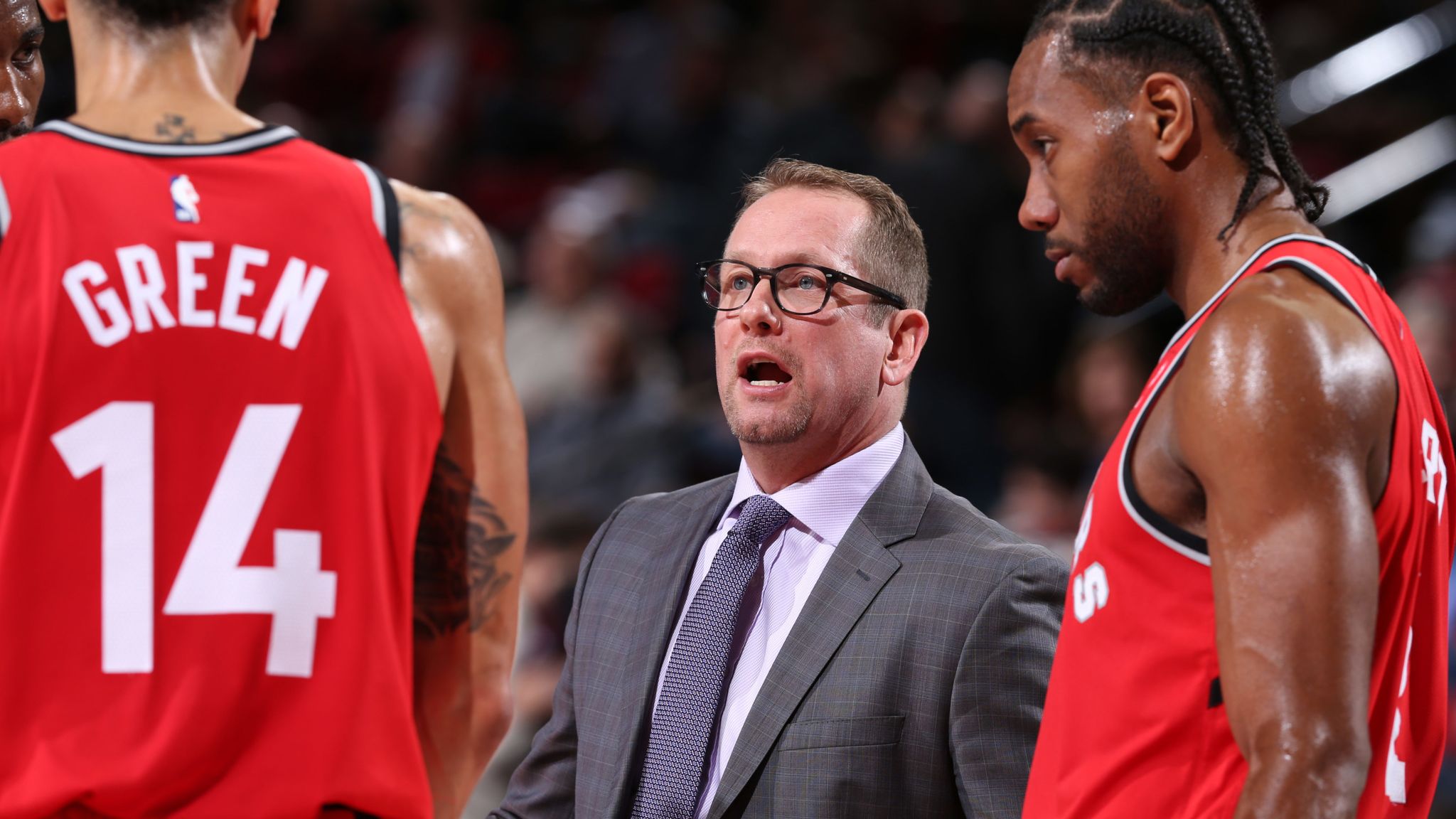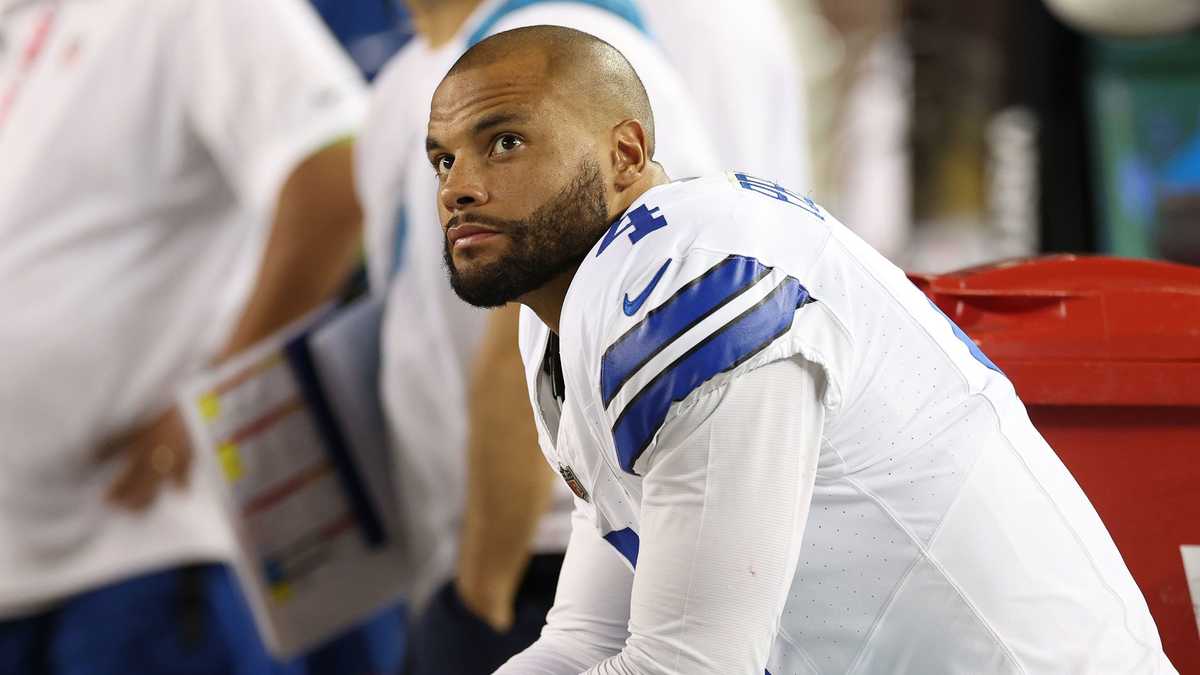The Philadelphia Phillies’ decision to terminate their head coach’s contract came after a significant disagreement with management. This dispute stemmed from differing perspectives on the team’s direction and strategy, ultimately leading to an irreconcilable conflict.
At the heart of the issue was the management’s vision for the team’s future and the coach’s strategic approach. Tensions had been brewing for some time, exacerbated by inconsistent performance on the field and internal disagreements over player management and game tactics.
The background argument that precipitated the termination centered around a pivotal decision regarding player recruitment and lineup strategies for the upcoming season. The coach advocated for a more aggressive approach, emphasizing the need for immediate improvements to bolster the team’s competitiveness. In contrast, management favored a more cautious, long-term strategy, focusing on player development and sustainability.

The disagreement intensified during a heated meeting where both sides presented their arguments passionately. Despite efforts to find common ground, the fundamental differences in vision and strategy became apparent and irreconcilable. This impasse ultimately led to the management’s decision to terminate the coach’s contract, citing an inability to align on crucial decisions that would impact the team’s future success.
The fallout from this decision reverberated throughout the organization and among fans, highlighting the challenges of balancing immediate performance goals with long-term strategic planning in professional sports. The search for a new head coach began promptly, with the Phillies aiming to find a leader who could not only inspire the team but also align closely with the management’s vision for sustained success.
In conclusion, while the specific details of the argument were not disclosed publicly, the termination of the head coach’s contract underscored the high stakes and intense pressures involved in managing a Major League Baseball team. It also serves as a reminder of the delicate balance required between coaching autonomy and organizational alignment in professional sports.



